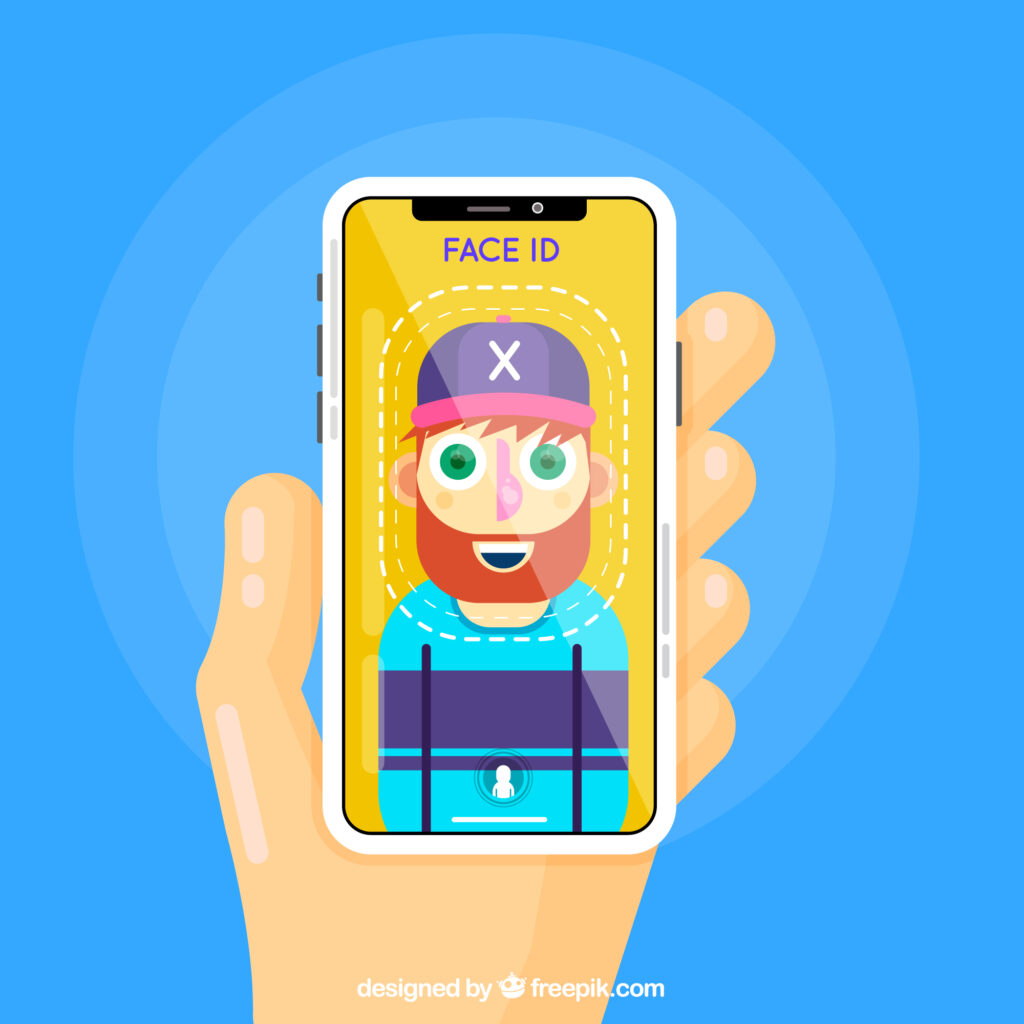Last updated on December 20th, 2024 at 01:17 pm
With the growing popularity of online dating and social media, it is increasingly important to identify a fake profile. Whether you are searching for love, seeking professional connections, or simply trying to make friends, you do not want to waste your time or be exploited by someone pretending to be someone they are not. So, how can you avoid becoming a victim of a fake profile? In this comprehensive guide, we will walk you through the essential signs and strategies you need to know to protect yourself online.
1. Verify the Profile Picture

The first step in evaluating a profile is to examine the profile picture. A fake profile often features a picture that seems too good to be true. If a profile picture is overly perfect, excessively beautiful, or overly flashy, it may indicate that the profile is not genuine. Additionally, a fake profile might showcase multiple pictures, which could suggest that it is using stolen images from someone else. If you are uncertain about the authenticity of a profile picture, you can conduct a reverse image search using a tool like Google Images. Simply right-click the picture and select “search Google for image” to determine if the image appears elsewhere online.
2. Identify Inconsistencies
After you’ve closely examined the profile picture, the next step is to review the profile information. A fake profile is likely to contain inconsistencies or discrepancies in the provided information. For instance, the profile might indicate a location that doesn’t align with the time zone, or it may claim to be in a different city than where the person actually resides. Pay careful attention to the details and look for anything that appears suspicious or out of place.
3. Check the Activity Level
Another way to identify a fake profile is by examining the activity level. A fake profile is likely to exhibit low activity or none at all. If the profile hasn’t been updated in a long time, or if there are no posts, comments, or likes, it may indicate that the profile is fake. Additionally, you can assess the timing of the activity to determine if it seems reasonable. For instance, if someone is posting at 2 a.m. on a weeknight, it may suggest that the profile is not genuine.
4. Read the Profile Description
The profile description is a crucial element to consider when searching for a fake profile. A fake profile often features a description that is generic, vague, or lacking in personal detail. Additionally, the description may include spelling and grammar mistakes, which can serve as another warning sign. Seek out a description that is well-written, thoughtful, and narrates a story about the person behind the profile.
5. Investigate the Connections
Finally, it’s important to examine the connections associated with the profile. A fake profile is likely to have very few or no connections at all. Conversely, if the profile is linked to a large network of individuals, it may indicate that the profile is genuine. Look for profiles that have real connections and check if they demonstrate a history of engagement with those connections. This can serve as a strong indicator of the profile’s authenticity.
6. Trust Your Instincts
If you’re still uncertain about a profile, it’s wise to trust your instincts. If something about the profile seems off, or if you have a gut feeling that it might be fake, it’s likely best to avoid engaging with that person. You can also contact the platform or website to report the profile if you suspect it is fraudulent.
7. Check for Consistency
Fake profiles frequently exhibit inconsistencies in their information. For instance, their profile picture may not align with the other images they share, or the details in their profile might contradict the information in their messages. Exercise caution with profiles that provide very limited or vague information about themselves. Additionally, pay attention to inconsistencies in their communication style. Are they using broken English, or are their messages rife with grammatical errors? These could indicate a fake profile.
8. Look for Signs of Duplication
Fake profiles frequently utilize stock images or photos sourced from other profiles. Employ reverse image search tools to determine if the profile picture appears elsewhere on the internet. If the same image is found across multiple profiles, it serves as a red flag indicating that the profiles may be fake.
9. Be Cautious of Requests for Personal Information
If the individual behind the profile begins requesting personal information such as your phone number, address, or financial details, it indicates that they may not have good intentions. Exercise caution and never disclose personal information to someone you’ve only met online.
10. Use Verified Accounts

If you are using a social media platform, search for verified accounts. Verified accounts are profiles that the platform has confirmed as authentic. This provides an additional layer of security and helps you steer clear of fake profiles.
Conclusion
In conclusion, identifying a fake profile can be challenging, but with some caution and attention to detail, you can safeguard yourself against potential scams and fraud. Always be mindful of the information you share online, and if you suspect a profile is fake, report it to the platform and refrain from engaging with that person.


